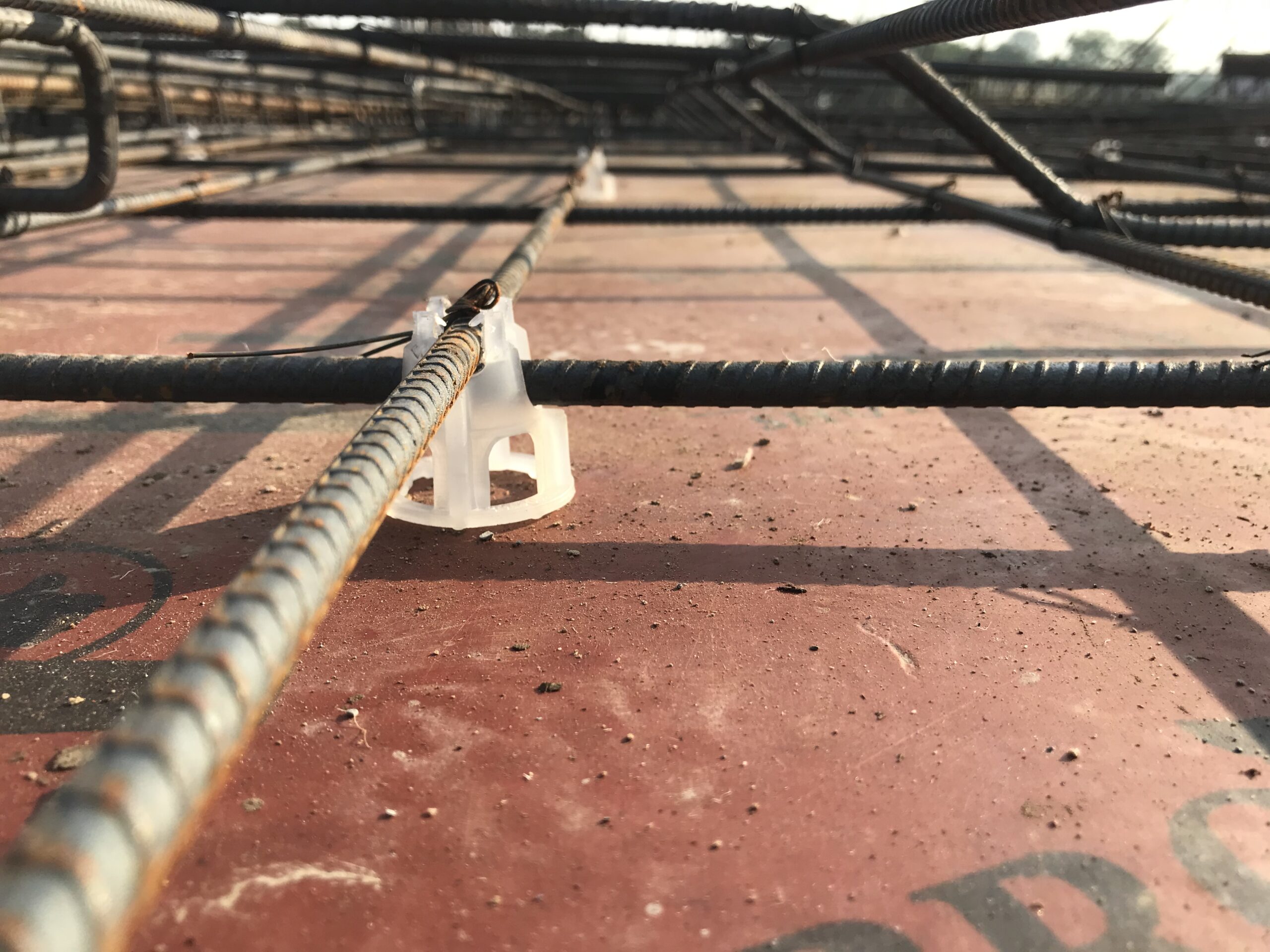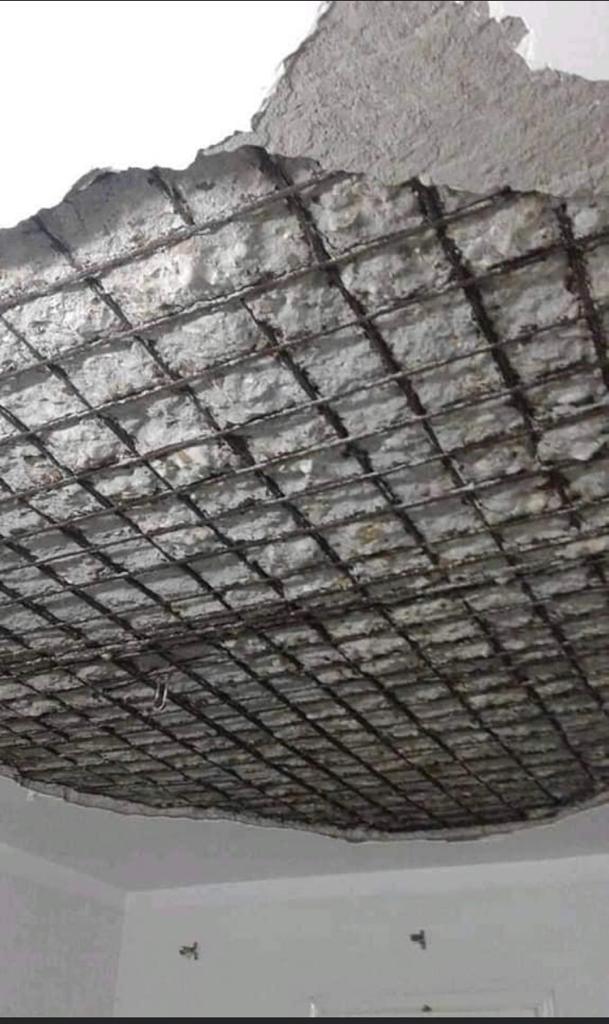
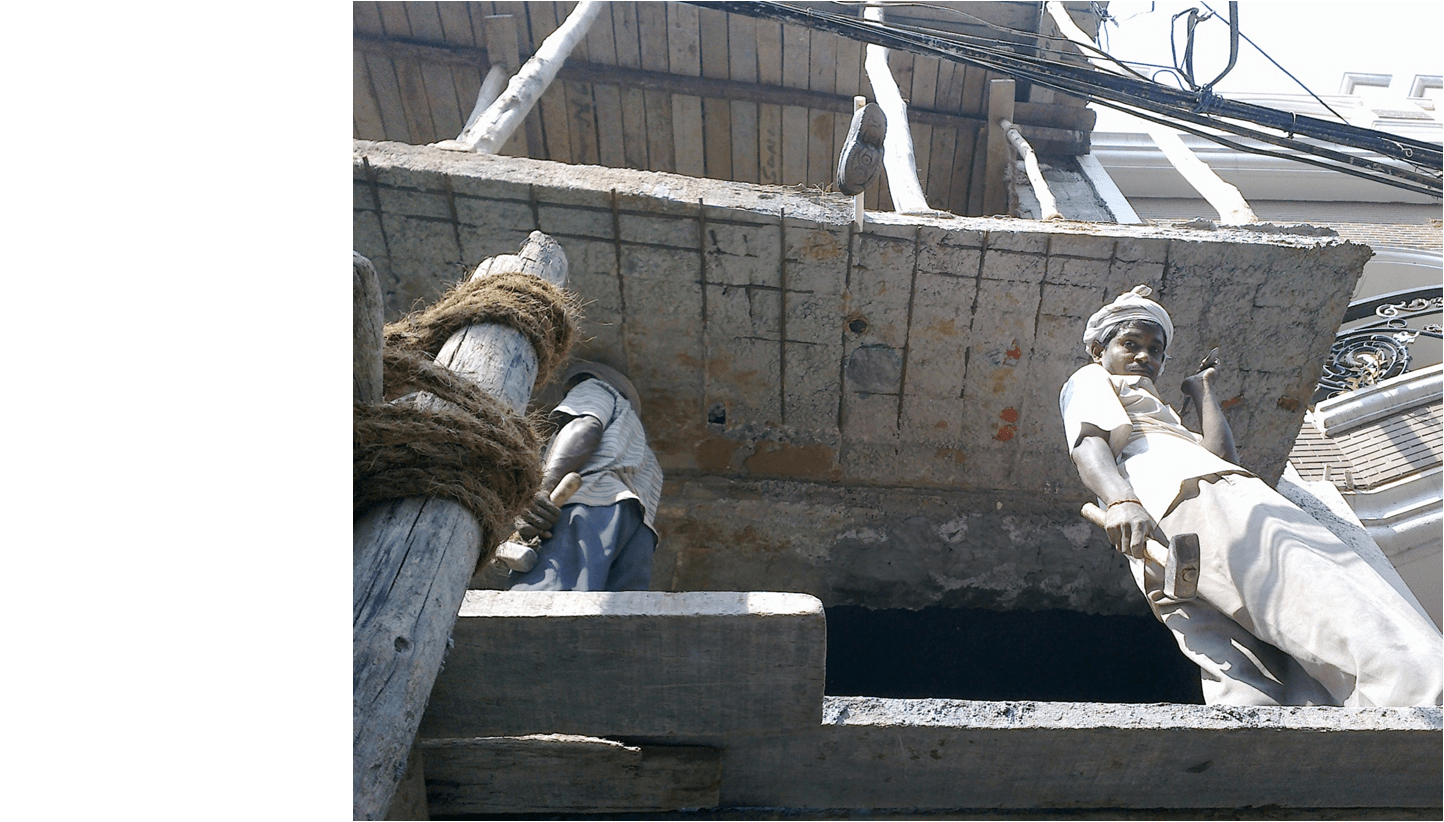
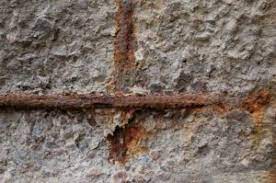
This can happen if proper concrete cover is not provided under steel bars in RCC constructions.
Concrete reinforced with steel is the foundation of our modern society. Corrosion of embedded steel is the one of the most common form of concrete deterioration. The protection of the steel in concrete against corrosion depends upon an adequate thickness of good quality concrete. This can be achieved by maintaining a uniform gap under steel bars. Spacers / cover blocks are used to provide this gap around steel bars. This gap is filled by concrete during casting.
Traditional cover blocks.
In the absence of any suitable product brick, stone, marble, mortar block etc has been used as cover block. But these products were not designed to meet the performance requirements in terms fixity and compatibility. These cover blocks inherited following problems:-
- Breaks or gets displaced from their position
- Cold joint formation
- Week spots
- Porous structure
- Generally does not meet the requirements of IS 456
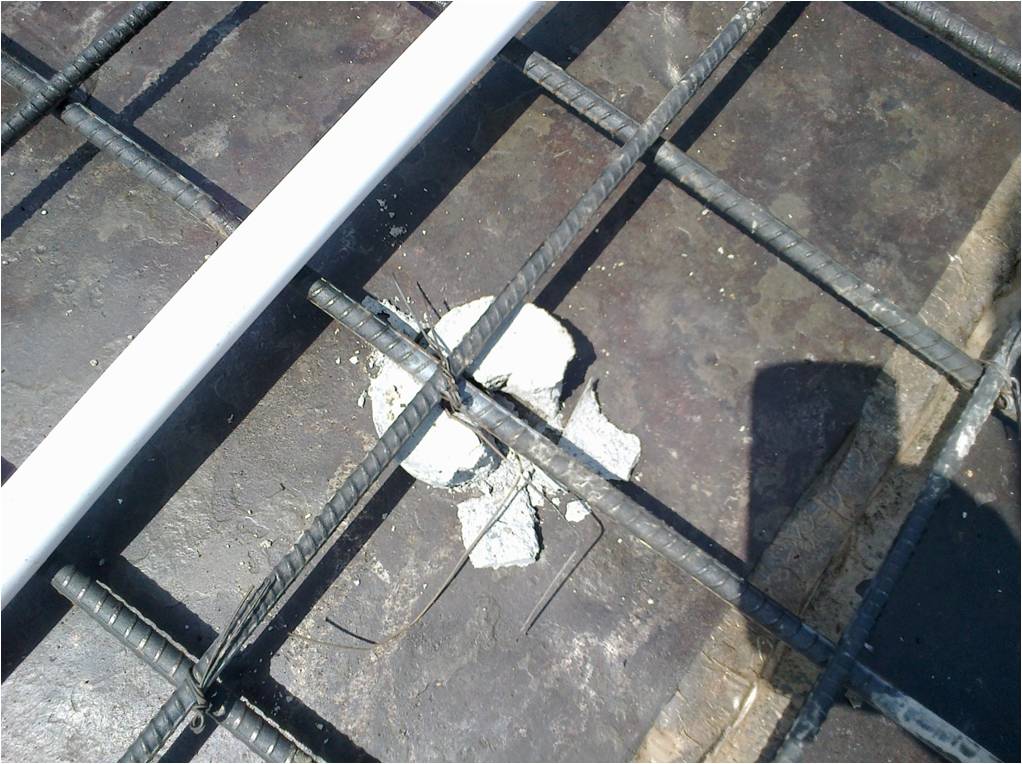
Breaks or gets displaced from their position
As it didn’t had any holding mechanism. So they used to get displaced from their position due to labor movement, vibrations due to vibrator and flow of concrete. In the absence of sufficient quality control motor blocks are used break even before the casting of steel. This resulted in uneven cover. Even in some cases it resulted into naked steel bars.In the absence of proper concrete cover steel bars start corroding. Steel expands from 3 to 6 times when corroded. This leads to crack development and spilling.
Cold joint formation
Concrete once set does not mix in fresh concrete. Such joints are week cold joints. It is always preferred to do casting of slab in in a single step continuously. Else there will be cold joint formation. Which can be potential source of seepage. Similarly precast mortar blocks does not mix in fresh concrete. There are week cold joints with the possibility of gasses passing through these joints.
Week spots
But its difficult to make mortar blocks of same strength. Most of the time they are weaker than the concrete being cast. Rate of carbonation is faster at these week spots than the remaining concrete. So concrete degradation is faster at these spots. So rusting will start more quickly from these spots. They are also the reason for existence of differential stresses. At some site bricks and marble blocks are used as cover block. This can even further aggravate the problem.
Porous structure
Bricks and site made cover blocks have got porous structure. Moisture and and gases makes their way through these porous material to steel bars leading the initiation of corrosion. When steel starts getting rusted it expands from 3 to 6 times. This leads to stress cracking. With the initiation of cracks the path for corrosive gases opens up further. So the process of corrosion further speeds up.
Nominal cover as given in 26.4.1 should be specified to all steel reinforcement including links. Spacers between the links (or the bars where no links exist) and the form work should be of the same nominal size as the nominal cover. Spacers, chairs and other supports detailed on drawings, together with such other supports as may he necessary, should be used to maintain the specified nominal cover to the steel reinforcement. Spacers or chairs should be placed at a maximum spacing of 1 meter and closer spacing may sometimes be necessary. Spacers, cover blocks should he of concrete of same strength or PVC.
Generally does not meet the requirements of IS 456
As per IS 456 – Section 12.3.2
Spacers, cover blocks should he of concrete of same strength or PVC.
But its difficult to make mortar blocks of same strength. Most of the time they are weaker than the concrete being cast.
Results of not using proper spacers / cover blocks
Concrete cover is the integral part of RCC constructions. It is provided to ensure embedment of steel bars in concrete so that reinforcement can pass its tensile strength over the whole span of RCC structure. It is also required for fire resistance and corrosion resistance. Steel is prone to corrosion due to presence carbon dioxide, chlorides and moisture in the atmosphere. They initiate a process called carbonation of concrete. Which eventully reduces the Ph value of concrete. Once the ph value of concrete comes below 9. It starts loosing its protective properties layer to concrete. In the absence of protective layer to steel its starts reacting with the atmospheric gases and its corrosion begins. Corroded steel not only weakens itself but also starts expanding from 3 to 6 times and eventually stressing the concrete or mortar layer under it. Under these stresses concrete is unable to hold itself and its layer under steel deteriorates and it spills down.
To avoid it from happening is very important to ensure that proper concrete cover is maintained under steel bars at the time of casting.
But the problem is that in the absence of good quality well performing spacers / cover cover blocks bricks, stones, pebbles, marble, site made mortar blocks are used as cover blocks / spacers. But they are unable to maintain steel bars at the desired positions. So steel bars unable to properly pass their strength. There are variations in concrete cover. At times at some spots there are naked steel bars as well. This leads to premature rusting and increase in strength and life of buildings.
Modern system of providing proper concrete cover
Well designed self locking Cross lock spacers can overcome challenges faced in providing concrete cover to steel bars. It has been designed in such a way that it locks itself at the crossing of two steel bars. This arrests it movement in X & Y axis as well as its rotational movement. As they are made in precision moulds under controlled conditions. All the the peices are of same size and specifications. This avoids any possibility in variation of cover.
